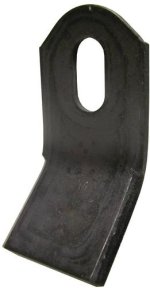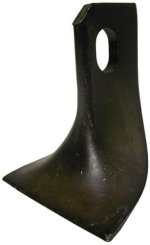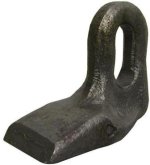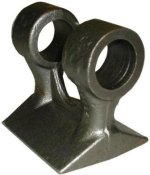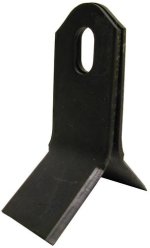leonz
Super Member
leonz,
The number you quoted for rpm, should be the fps number, otherwise, velocity in feet per second. You can not get that high a bld tip velocity or rpm using a flail mower. There are some finish mower flails that will cut as good as any mower that is using sharp blades.
whoopsie -sorry about that i should have added/stated that is the blade tip speed of most if not all zero turn mowers not my flail mower.
I do remember the JD folks saying their units rotate at one hundred MPH
and the Motts were faster.

